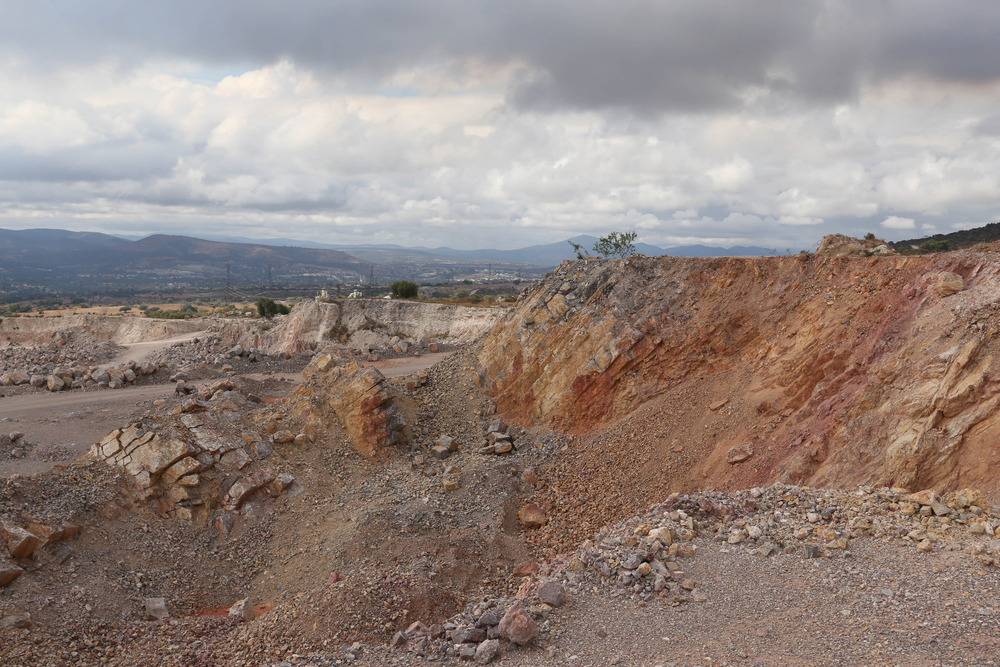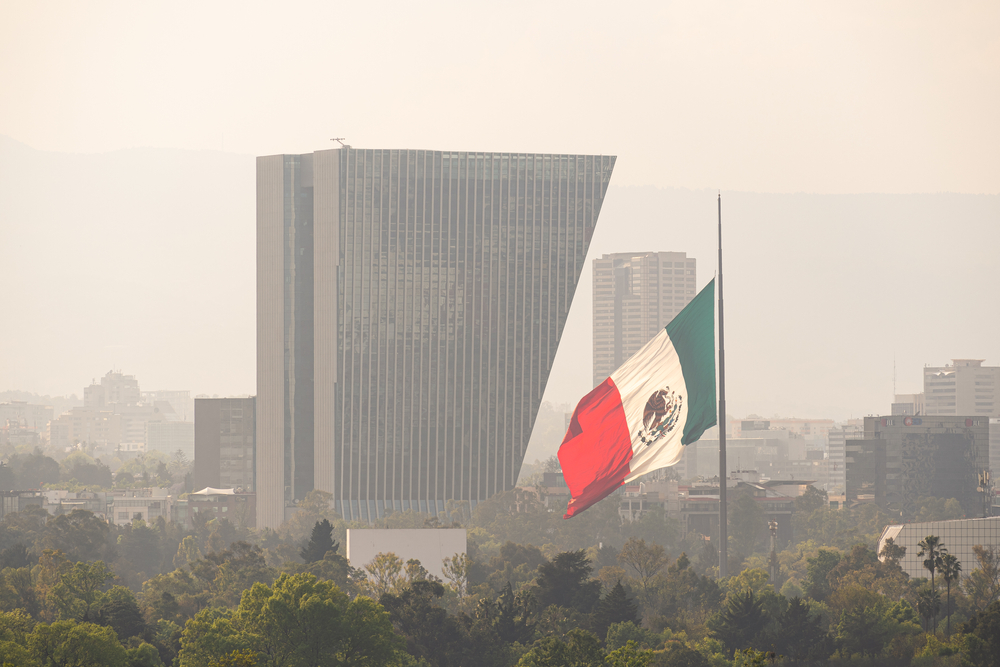Environment: Environmental Overview
Mexico is a country located in the southern part of North America, bordered by the United States to the north and Belize and Guatemala to the south. With a population of over 130 million, Mexico is one of the most populous countries in the Americas. Mexico is known for its diverse landscapes, including mountains, deserts, coastlines, and rivers, which support a wide range of plant and animal life. However, like many other countries, Mexico is also facing environmental challenges such as deforestation, pollution, and climate change.
Rivers
Mexico is home to several important rivers, including the Rio Grande, which forms the border between Mexico and the United States. Other important rivers in Mexico include the Balsas, Pánuco, and Usumacinta rivers. These rivers are home to a wide range of aquatic flora and fauna, including several species of fish, amphibians, and reptiles. However, Mexico's rivers are facing significant challenges, such as pollution and over-extraction of water for agricultural and industrial use. For example, the Lerma River, which flows through Mexico City, is one of the most polluted rivers in Mexico, with high levels of heavy metals and other pollutants. The pollution of Mexico's rivers not only affects aquatic life but also human health, as many people rely on these rivers for drinking water.
Lakes
Mexico is home to several important lakes, including Lake Chapala, which is the largest lake in Mexico and located in the state of Jalisco. Other important lakes in Mexico include Lake Pátzcuaro and Lake Texcoco. These lakes are home to a wide range of aquatic plants and animals, including several species of fish, birds, and turtles. However, like Mexico's rivers, its lakes are also facing significant challenges, such as pollution and over-extraction of water for agricultural and industrial use. For example, Lake Chapala has experienced significant pollution due to the discharge of untreated wastewater from nearby cities and industries. This pollution has had a significant impact on the lake's ecosystem and has affected the health of the communities that depend on the lake for drinking water and fishing.
Coastlines and Reefs
Mexico has a long coastline, which stretches for 9,330 kilometers (5,797 miles) and is home to several important coral reefs, including the Mesoamerican Barrier Reef System, which is the second-largest barrier reef system in the world after the Great Barrier Reef in Australia. These coral reefs are home to a wide range of marine flora and fauna, including several species of fish, sea turtles, and sharks. However, like many other coral reefs around the world, Mexico's coral reefs are also facing significant challenges, such as climate change, overfishing, and pollution. These threats have had a significant impact on the health of Mexico's coral reefs, with several species of coral and fish being listed as endangered or threatened.
Mountains
Mexico is home to several important mountain ranges, including Sierra Madre Occidental and Sierra Madre Oriental. These mountain ranges are home to a wide range of plant and animal life, including several species of cacti, birds, and mammals such as jaguars, black bears, and mountain lions. However, Mexico's mountains are facing significant challenges, such as deforestation, land use change, and climate change. Deforestation and land use change have had a significant impact on the habitats of many species that live in Mexico's mountains, while climate change is affecting the distribution and abundance of many plant and animal species.
Deserts
Mexico is home to several important deserts, including the Chihuahuan Desert, which is the largest desert in North America. These deserts are home to a wide range of plant and animal life, including several species of cacti, lizards, and snakes. However, Mexico's deserts are facing significant challenges, such as overgrazing, mining, and urbanization. Overgrazing by livestock has led to soil erosion and the destruction of vegetation, which can lead to desertification. Mining activities have also had a significant impact on Mexico's deserts, with the extraction of minerals leading to habitat destruction and soil contamination. Urbanization is another major threat to Mexico's deserts, as it can lead to the destruction of natural habitats and the fragmentation of wildlife populations.
Air Quality
Mexico's air quality is also a major environmental issue, particularly in urban areas such as Mexico City, which has some of the highest levels of air pollution in the world. The main sources of air pollution in Mexico are transportation, industry, and energy production. These sources emit a wide range of pollutants, including particulate matter, nitrogen oxides, and volatile organic compounds. The poor air quality in Mexico has had a significant impact on public health, with air pollution contributing to respiratory and cardiovascular diseases. It has also had an impact on ecosystems, with high levels of air pollution leading to acid rain, which can damage plants and aquatic life.
Conclusion
In conclusion, Mexico is a country with a diverse range of landscapes, from its rivers and lakes to its coastlines, mountains, and deserts. These landscapes support a wide range of plant and animal life, but they are also facing significant environmental challenges such as pollution, deforestation, and climate change. Addressing these challenges will require a concerted effort by government, industry, and civil society to promote sustainable development practices that protect Mexico's natural resources while also promoting economic growth and social well-being.
Copyright © 1993—2024 World Trade Press. All rights reserved.

 Mexico
Mexico 
